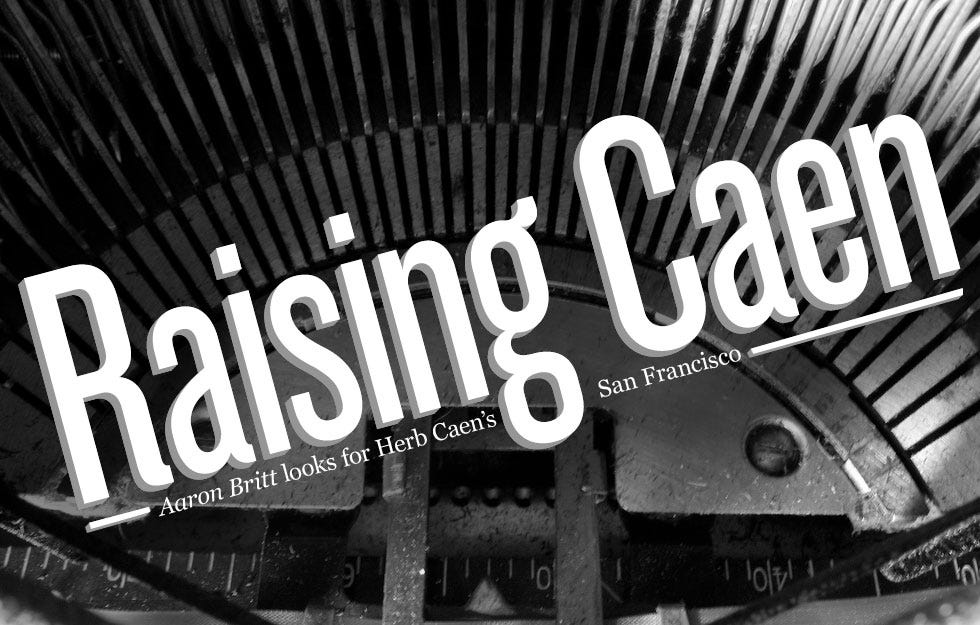
By Aaron Britt
On February 1st, 1997, thirteen unlucky years ago today, San Francisco lost its greatest chronicler. From 1938–1997 Herb Caen wrote his daily column in the San Francisco Chronicle (though he did have a stint at the Examiner in the ’50s when they doubled his salary), and in the process endeared himself to generations of San Franciscans as well as the Pulitzer board. Though I came to it after Herb’s last call, I’ve been an admirer of his zippy, assured writing — he handled high-class gossip and the Kennedy assassination equally well — since I moved to town. No one understood San Francisco better than Caen; no one felt its pulse more keenly.
I set out to find Caen over these last weeks, looking for echoes of the man and of the city he loved and loved to describe. From North Beach dives to lunches with the swellest of the swells, everyone with even one foot planted in this town read Caen, and had likely met him. And though he may not be swilling vodka at Moose’s or playing tennis at the Cal Club any more, he was too important to San Francisco to have blown away like yesterday’s paper. He’s been gone 13 years, making him veritably unknown to the iPhone set, but I was going to meet him.



The best, easiest, and most satisfying way to Herb’s heart is to read the man. My favorite collection of Caen’s daily columns, and the one that slips nicest into your jacket pocket, is the 1949 volume “Baghdad by the Bay.” I got my copy from the library and aim to keep renewing it until they come for it in person.
“The Best of Herb Caen 1960–1975” is also good stuff, and keep an eye out for Caen in used bookstores. I came across a real gem at Dog Eared Books on Valencia when I nabbed a first edition of the 1967 “The Golden Hills of San Francisco” for a cool $9.


Considering Caen was an inveterate man about town, I started my citywide search over a nice stiff martini with a pair of Chronicle writers. Catherine Bigelow writes the paper’s society column, and her pal Bill Pates was at the Chron for 38 years, like his father before him. I myself pen a column for the Chron — the men’s style column, The Pocket Square — and am always happy to tipple with scribes.
We met at Gino and Carlo in North Beach where the pair told me about Caen the gad-about, Caen the workhorse, Caen the gent. “He was married to the column, really,” Catherine said. “When he was out on the town, he was working.”
As the night progressed, Chronicle gossip exchanged, and Caen anecdotes recounted, an alternate geography of San Francisco began to take shape. Restaurants long gone like Baldelli’s, Ernie’s, and Jack’s cropped up, as did Ed Moose’s famous joint on Washington Square Park, Enrico’s before it changed, and Herb’s home on Pacific Ave.
Tanked up on booze and nostalgia (as Herb often was) I vowed to take to the streets, to that city from the past where Nob Hill, North Beach, Union Square and Chinatown were the center of the scene. After all, through a phone conversation, Caen’s former assistant and former Chronicle arts writer Jesse Hamlin — whom Caen referred to as his ‘legman’ — I learned that Caen used his feet more than his white Jaguar. “Something that doesn’t come across sometimes, is that Herb was a great walker. He walked all over the city. And he seemed to float when he did,” Hamlin said.
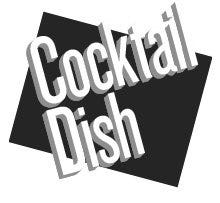
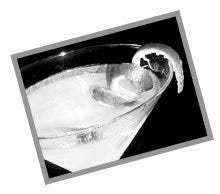


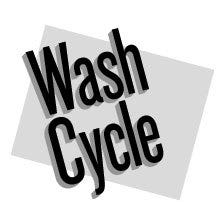


If ever a newly re-opened spot felt like old times, it’s the Washington Square Bar and Grill on Powell St. Dubbed the Washbag, my pal Fida and I went there looking for Herb on a rainy Friday. We didn’t have to look far. From our window table we could see a massive cardboard cutout of Caen, grinning away with a notepad and pen in hand, surveying the dining room for whatever terrestrial tidbit might tickle his readers in the St. Peter’s Times.
Over a solid reuben sandwich, I pumped the waitress for info about Caen’s time at the Washbag. “You know, we only reopened six months ago,” she told me. “But you should talk to Mike,” she said, motioning to an ancient bartender. “He must have served Caen every day of his life.”
Wandering back to the bar, I caught Mike McCourt’s eye, and at the mention of Caen’s name he perked up. Out came the tales of what a genteel guy he was, what he meant to the city, how you don’t really even know how San Francisco has changed anymore because Herb’s not around to tell you.
“What did Caen drink?” I asked.
“Same thing every time,” he replied. “Stoli straight up with a twist of lemon. He called it his ‘Vitamin V.’”


“Pondering [the] imponderables, I walk along 11th St,” wrote Caen in a 1994 column. “It is twilight, my favorite time, dry with a hint of vermouth. I am in love with the city all over again.”
With precisely that sentiment in mind, that gooey love that makes you want to take the whole damn town in one arm and a bottle of scotch in the other, I set out the following rainy Sunday on what would become my Herb Caen Bar Crawl.
I intended to make the rounds like he would have, burning a little shoe leather and hopping as many cable cars — they appeared as often as the mayor in his columns — as I could. And as no local heiress had invited me out that night, it would have to be the bars of old San Francisco. With Caen in my pocket, whenever the conversation with the barflies dried up I’d have a pal in print.
I started at Johnny Foley’s Irish House on O’Farrell and Cyril Magnin (used to be one of his favorites, Baldelli’s); then a long, slow “martinus (singular)” as Caen would say at Specs 12 Adler Museum Café; I took in the show at the Fairmont Hotel’s tikified Tonga Room (when it came to drinking Caen liked to say that he “never missed the mark (or the Fairmont)”); then off for a whiskey at that “last of the authentic night capperies,” the Gold Dust Lounge.
I pounded a lot of pavement that night, including the length of Columbus and that long promenade along the Embarcadero that in 1996 the city named Herb Caen Way. For my buck, a long ramble is the best way to see this town. Except of course framed by the back of a cable car chugging up Powell St., San Francisco’s seductive lights blinking in the cold rain like a glowing billboard advertising the past.
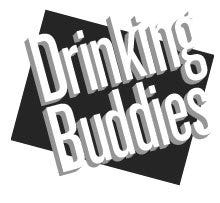







The last stop on the Caen trail was one that I’d been salivating over from the start. Early on, Miss Bigelow clued me into one of Herb’s traditions: Friday lunch at Le Central Bistro on Bush St. with his great pals, Wilkes Bashford, Willie Brown, Harry de Wildt and Matthew Kelly. I rang up Wilkes, the tony haberdasher whose Sutter St. shop has set the society segment’s sartorial standards since 1966, who was only too happy to meet me.
“Herb, Willie and I started coming here every Friday at 1:11 PM in 1974,” he told me. “We keep it up to this day, though Herb’s been dead now 13 years.”
Louie, the waiter, brought Wilkes a Campari and soda without prompting and took my order for a Cotes du Rhone. We sat in the window on the right, me under a big portrait of Herb, and a plaque that marked my seat as the one he occupied for so many years. If you don’t feel him here, I don’t know where you will.
Though Wilkes took it easy at the table — black bean soup, the fish, fruit for dessert — he exhorted me on to the gastronomical heights that his doctor can no longer countenance. “Get the escargot,” he told me. “Few even do them in town, and most aren’t that great. But here.” Next it was, “Louie, bring Aaron the steak pommes frites. That’s the best.” Even my berries for dessert met with, “Don’t tell me you’re having them without cream!”
We must have talked for two hours about Herb, about San Francisco, and about who looked good at the Golden Globes.
We finished the deeply enjoyable meal with the standing tradition: rolling dice. “When Willie and Herb and the guys and I all eat here, we shoot dice for the bill.” Though we didn’t squabble over the check, Wilkes wanted to roll against the bartender; they play for two dollar bills.
“I think the kid’s gonna bring me luck!” he exclaimed to all present. And damned if I didn’t.
As Wilkes and I parted ways, me back to the office and he to his shop, I felt as though I’d found so much of what Caen loved about the city, come to see what he loved about his friends and come to understand how even when his version of things feels sepia-toned or long-gone, how so much of it is still here for us to enjoy. And despite how much things changed in his seven decades in the city, Herb also knew the unwavering charms of San Francisco. His readers do too.


Your first bet is to start reading Herb Caen in one of the many collections of his columns from the San Francisco Chronicle. “Baghdad by the Bay” is a good start, as is “The Best of Herb Caen 1960–1975.” From there it’s all a question of haunting the neighborhoods that made up the city’s social life at mid-century. Seek out old spots in North Beach like the Washbag, the Tonga Room in Nob Hill, or Le Central off of Union Square. Odds are good Caen went there, and that they’ll have posted one of his columns on the wall. Also, ride a cable car. He loved them, and if you’ve any feeling at all, you will too. Just be nice to the tourists.
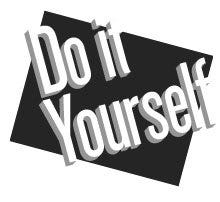
Designed by Andy Warner







